6 Nights / 7 Days
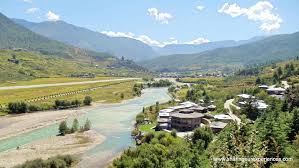
On arrival, guests will be received at the Bagdogra Airport / New Jalpaiguri Station by��by our representative��who will drop you to��Bhutan��India border.�� Drive to your hotel. Overnight stay at Phuntosholing.
After breakfast Drive to Immigration office for Permit. After permit done transfer to��Thimphu��upon reaching, visit the following.
Kuensel phodrang��The Kuensel Phodrang or the Buddha point is the world‟s largest sitting Buddha statue, the statue is 167 feet high. The statue is situated on top of a hill overlooking the city of Timphu, it can be accessed by road and is about 15 minutes away from the city‟s center. The word Kuensel means everything is clear and from this place you will sure enjoy a great view of the��Thimphu��Valley on both sides. The statute will house a temple inside it, the statue and its adjoining car park and recreational center are currently under construction and is expected to be ready by December 2012. The statue is constructed out of bronze and is studded with many semi-precious stones. Since they are no factories in country that can make such a large bronze cast structure, statute is being manufactured in China and the pieces are brought to��Bhutan��and are assembled here. On the drive to the statue the steep winding hill road offers an unparalleled view of the city of��Thimphu��and is an excellent place to capture a view of the city especially after dark. A journalist once described the view as “seeing an osasis of light in the desert of darkness “as the city light of��Thimphu��shine very bright in an otherwise dark��Thimphu��valley.
Motithang Takin preserve:��The Motithang Takin Preserve also known as the��Thimphu��Zoo by many is a small natural preserve for the Takin��Bhutan‟s national animal. It was originally a mini zoo, but it was converted in a preserve later on as the Takin. The mini zoo contained a small number of Takin but the King of��Bhutan��later decreed that it was improper for a Buddhist nation to keep an animal in captivity. The animals were set free and the zoo was shut down, but for some reason the Takin refused to leave the area for the forests nearby. Instead the animals were frequesntly found roaming around the streets of the capital city in search for food. As a result the government decided to demarcate an 8 acre fenced location as the Motithang Takin Preserve. The preserve is a forested preserve that mimics the Takin‟s natural habitat, in addition to the Takin there are a few musk deer and barking deer that live inside the preserve. There are plans to expand the preserves collection to include other rarely seen animals that live in��Bhutan, currently the preserve plans to add the Red Panda and the Himalayan Serow to the preserve.
Later in the evening you can visit��Tashichho Dzong:��The Tashichho Dzong is a Buddhist monastery cum fortress at the northern edge of Thimpu the capital city of��Bhutan. The Dzong was built on the western bank of the river Wang Chu, and has historically served at the seat of the Druk Desi or the Dharma Raja of��Bhutan‟s government. After the kings assumed power in 1907 this post was combined with that of the king and��Thimphu��severed as the summer caital of the kingdom before becoming the full time capital of��Bhutan. The original��Thimphu��Dzong (the Dho-Ngyen Dzong) is said to have been constructed in 1216 by Lama Gyalwa Lhanangpa. And was later taken over by Lama Phajo Drukgom Shigpo before the Dzong was conquered by Shabdrung Ngawang Namgyal, who found the Dzong to be too small and expanded it to what is now known as theTashichho dzong is also called the "fortress of glorious religion." It was erected in 1641 and was subsequently rebuilt by King Jigme Dorji Wangchuck in the 1960s. The Dzong has been seat of the Royal government since 1952 and presently houses the Throne room and the Kings secretariat. The Tashichho dzong is also home to several ministries of the Bhutanese government, and the Central Monk Body which is the apex organization of the country's main spiritual order. The monument welcomes visitors during the��Thimphu��Tsechu festival which is held in autumn each year. The Dzongs main structure is a two striped quadrangle with 3 storied towers on each of its four corners.
Overnight stay at��Thimphu.
Post breakfast, proceed to��thimphu��sightseeing��
Memorial Chorten:��Referred to as the��Memorial Chorten, it’s actual name is Gongzo Chorten or Gyaldren Chorten. The chorten (stupa) is a chief landmark in the capital city and is also a most sacred place of worship for local people. The idea of the chorten was conceptualized by the Third King His Majesty Jigme Dorji Wangchuck to ward-off negative energies. After His Majesty’s demise, the chorten was built in his memory by the 4th King and the then Queen Mother in 1972.��Many old people come here early in the morning to circumambulate and say their prayers in the hopes of garnering enough good karma for their afterlife; they are joined by the middle and the younger generation in the evenings who also come to do either the same thing or to just relax their mind. The doors of this stupa remain mostly closed except on holy��days. Inside, there are three stories and on each floor are statues of protective deities.
��
Changangkha Lhakhang:��It is a 12th century temple sitting on top of a hill overlooking��Thimphu��valley with the main statue of��Chenrizig��(The Buddha of Compassion). This temple is often mistaken for a dzong by visitors because it looks like one, and apart from the temple it also houses a monastic school. Most of the couples go to this temple soon after birth to get blessings for their child.
Overnight stay at��Thimphu.
After breakfast drive to��Paro, on the way visit��Tamchog Lhakhang: Tachog lhakhang is temple that is dedicated to the 13th century saint Thangthong Gyalpo, the iron bridge builder. This temple is located across the river about 15kms from the��Paro��towards��Thimphu. In order to get to the temple one must cross an iron chain bridge, one of the few remaining of the many that Thangthong Gyalpo built. This is a private temple however tourists are allowed to visit if they are given permission. Crossing this very old bridge with its swaying and undulating movements can be quite an experience. The temple's location on the ridge and the high rocky barren hills which serve as its backdrop makes this a good location to take pictures.
Ta Dzong (National Museum):��The name Ta Dzong translates to ‘watch tower’ and it served the function of watch��tower for the��Paro��Rinpung Dzong. Back in the day, similar look-out points were built for other dzongs (fortresses) to counter any approaching hostilities, for those were the��days��of frequent strife. These towers were specifically built high atop hills and other vantage points during the old��days. Presently serving as the national museum (since late 60’s), it houses an array of antiquities such as ancient thangka (exquisite scroll painting), mural paintings and other forms of art done by great personalities of those��days, original textiles of the kingdom which represent the culture that still flourishes, weapons & armour used back in the day, household objects typical to the Bhutanese people’s way of life back then and even now, and other natural and historical artifacts.
Overnight stay at��Paro.
Have early breakfast and drive up to the base of��Taktsang Monastery (Tiger’s Nest). The most famous and sacred site among all the places in��Bhutan.��Guru Padmasambhava��is said to have come riding on a flying tigress to this place and meditated in a cave for 3 months, it wasn’t until��Zhabdrung Ngawang Namgyal��came to this place and meditated that it gained the popularity that it has now. The present structure is said to be built in the 15th��century but was destroyed by fire in 1998 and has been restored.
The walk is about 2 hours till the top through wide pathways which was built during the restoration works. One hour into the climb there is a tea point from where you get a very good view of the monastery, they also serve lunch here. From there it’s about another 45 minutes climb to the 2nd��view point and the highest point in the hike.
Kyichu Lhakhang:��Considered the oldest temple along with��Jampa��and��Kenchosum Lhakhang��in Bumthang, it dates back to the 7th century when a Tibetan King ordered 108 temples to be built in a single night to subdue a huge ogress. It was later renovated in the mid 19th century and in the late 1960's by the Grand Queen Mother. It is also considered by many to be one of the holiest places in the country. Inside the compound is an orange tree which always has oranges no matter what the season.
Overnight stay at��Paro.
After breakfast departure transfer to Phuntosholing. Evening at Leisure.
Overnight stay at Phuntosholing.
After breakfast departure transfer to Bagdogra (IXB) Airport for your onwards journeys.
we deal in Passport & Visa Services , Car & Coach Rental, Airline Ticketing Agents, Bus Ticketing Services, Hotel Booking Agents. Read More...

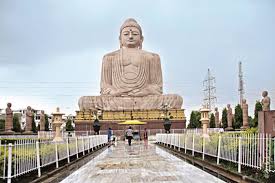 6D/5N
6D/5N
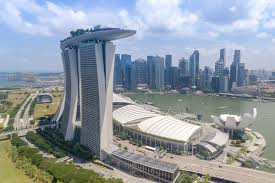 5D/4N
5D/4N
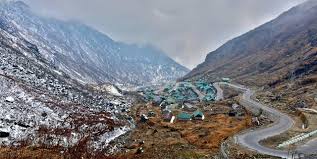 7D/6N
7D/6N
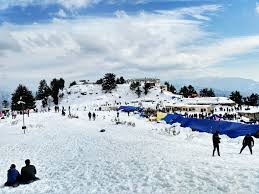 6D/5N
6D/5N
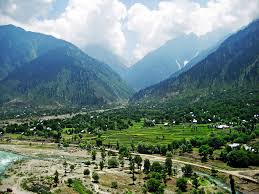 4D/3N
4D/3N
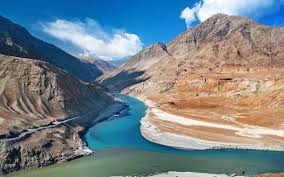 8D/7N
8D/7N
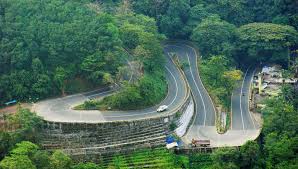 3D/2N
3D/2N
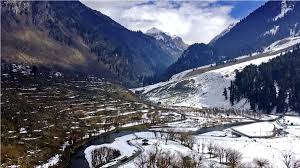 5D/4N
5D/4N
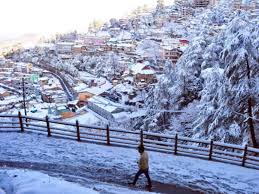 18D/17N
18D/17N
Shimla - Kalpa - Mandi - Chamba - Chandigarh City - Candolim
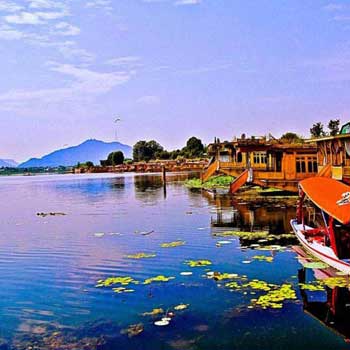 7D/6N
7D/6N
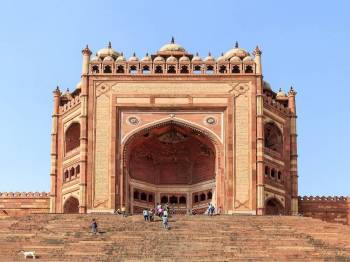 7D/6N
7D/6N
Amritsar Chandigarh Delhi Agra Family Pa..
New Delhi - Agra - Vrindavan - Mathura - Amritsar
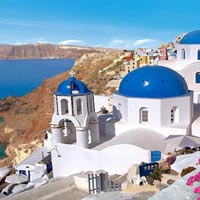 7D/6N
7D/6N
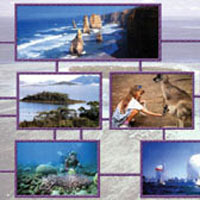 7D/6N
7D/6N
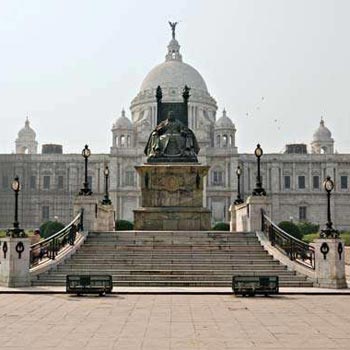 7D/6N
7D/6N
Golden Triangle - East India Tour
Kolkata - Puri - Imphal - Agartala - Dimapur
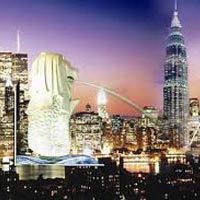 7D/6N
7D/6N
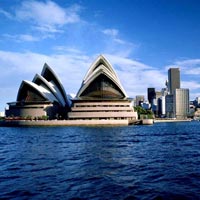 7D/6N
7D/6N
 7D/6N
7D/6N
 7D/6N
7D/6N
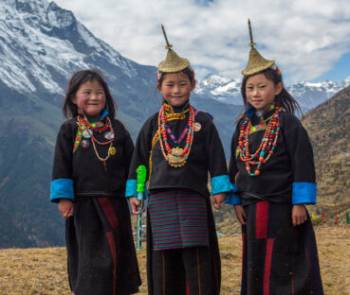 5D/4N
5D/4N
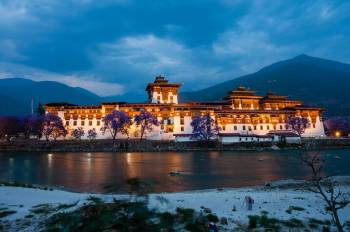 7D/6N
7D/6N
6 Nights/ 7 Days - Bhutan Happiness Tour
Punakha - Bumthang - Paro - Thimphu - Phobjik
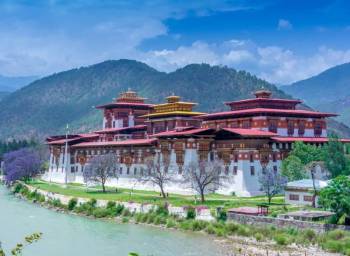 7D/6N
7D/6N
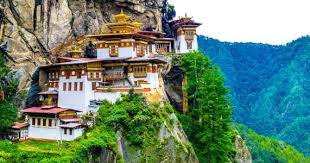 7D/6N
7D/6N
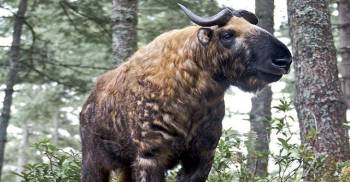 20D/19N
20D/19N
20 Days Land Package Country Tour Bhutan..
Punakha - Paro - Phuntsholing - Bagdogra - Bumthang - Mongar - Trashigang - Trongsa..
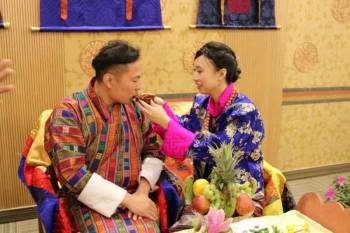 4D/3N
4D/3N
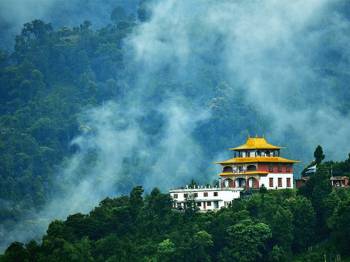 8D/7N
8D/7N
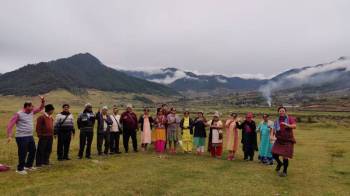 6D/5N
6D/5N
 7D/6N
7D/6N